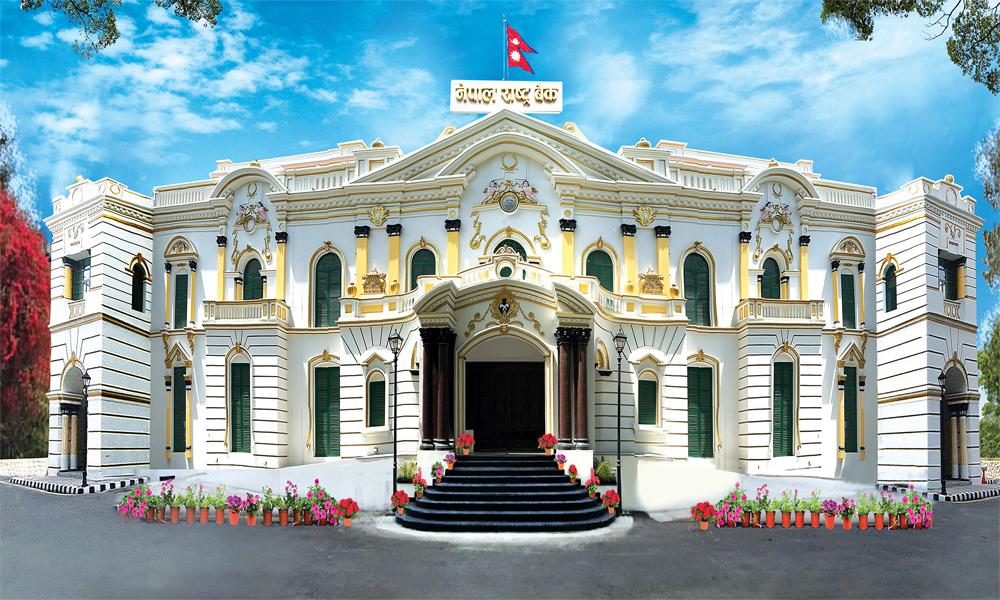By Dipesh Ghimire
King of the Stock Market: Nirmal Pradhan's Perspectives and Guidance

Born in 2011 BS in Bandipur, Tanahun, Nirmal Pradhan is recognized as the king of Nepal's stock market. Renowned for his trading style and ability to take high risks, he is a celebrated figure in Nepal’s stock market. Having started with 500 shares in 2056 BS, Nirmal Pradhan shared insights about his journey in an exclusive interview with journalist Dipesh Ghimire.
Q: How many bull and bear markets have you experienced so far?
I have witnessed four to five bull and bear cycles. When I first entered the stock market, the bull run was nearing its end. I invested all my money then, unaware of the approaching bearish trend. Unfortunately, I couldn’t sell in time and lost all my cash, saved over a lifetime, within just 45 days.
Q: Between technical and fundamental analysis, which do you trust more?
Initially, I didn’t even know what technical analysis was. Nowadays, many investors rely on technical analysis, focusing on charts and patterns. Over time, I’ve also come to trust technical analysis as it has become a globally accepted standard. Even when investing internationally, I prioritize technical analysis. My sons and I now use this method for all our investments.
Q: Where do you see the market heading?
The market will definitely go higher. I won’t call it a bull market until it crosses 3200. However, the primary phase of the bull market has already started. Many investors predict the market could reach 4000–4500. Still, regulatory policies will play a major role.
In the past, sudden regulatory interventions derailed a thriving bull market. Currently, expectations are for the market to hit 3600–4000, but political instability, such as rumors of government collapse or midterm elections, could delay the bull market until 2082 BS.
Q: Which sector do you think will lead the next bull run?
It’s hard to pinpoint one sector. Investors currently seem more inclined toward dividend-paying companies rather than growth-focused ones. Whichever sector instills confidence among investors is likely to lead the next bull run.
Q: Which type of companies should investors choose in the current scenario?
I believe stable, low-risk companies are ideal. Among various sectors, banking appears safer since the Nepal Rastra Bank also monitors it. However, every sector has its opportunities and risks.
Q: What is your trading strategy?
My investment strategy primarily focuses on long-term gains. These days, my sons manage most of our portfolio. If upcoming monetary policies are favorable, I will increase my investments significantly.
Q: Many investors book profits early. What’s your take on this?
Investment strategies vary. Small investors, in particular, may find it challenging to keep their capital locked for long periods. Therefore, it’s crucial for investors to devise strategies based on their capacity. That said, this is an excellent time for long-term investments in the market.
Q: What can the government do to improve the stock market?
Firstly, appointing a chairperson for the Securities Board of Nepal is critical. Without leadership, even beneficial policies will remain ineffective. Additionally, the Nepal Rastra Bank’s restriction of loans to a 15-crore limit for large investors hinders market growth. Revising this policy and allowing more flexibility in stock-based loans would boost market activity.
Q: Any final thoughts?
When I entered the market, technical analysis wasn’t a thing. Over time, it has proven to be essential. Currently, around 2.5–3 million investors rely solely on technical analysis, making the market more transparent.
Finally, this is a golden time to invest in the stock market. With patience and proper planning, even a small investment can yield significant returns. Thank you!









